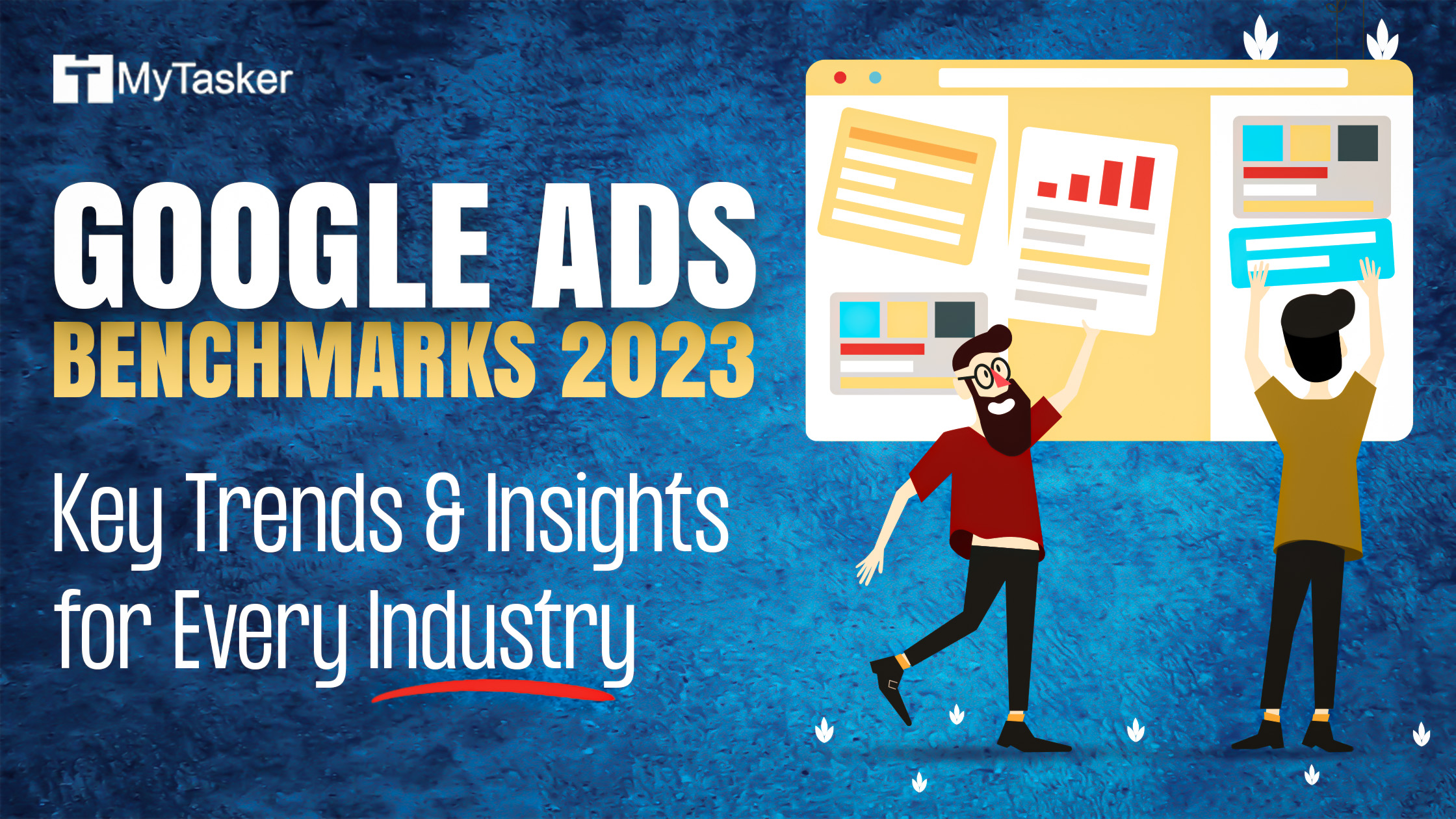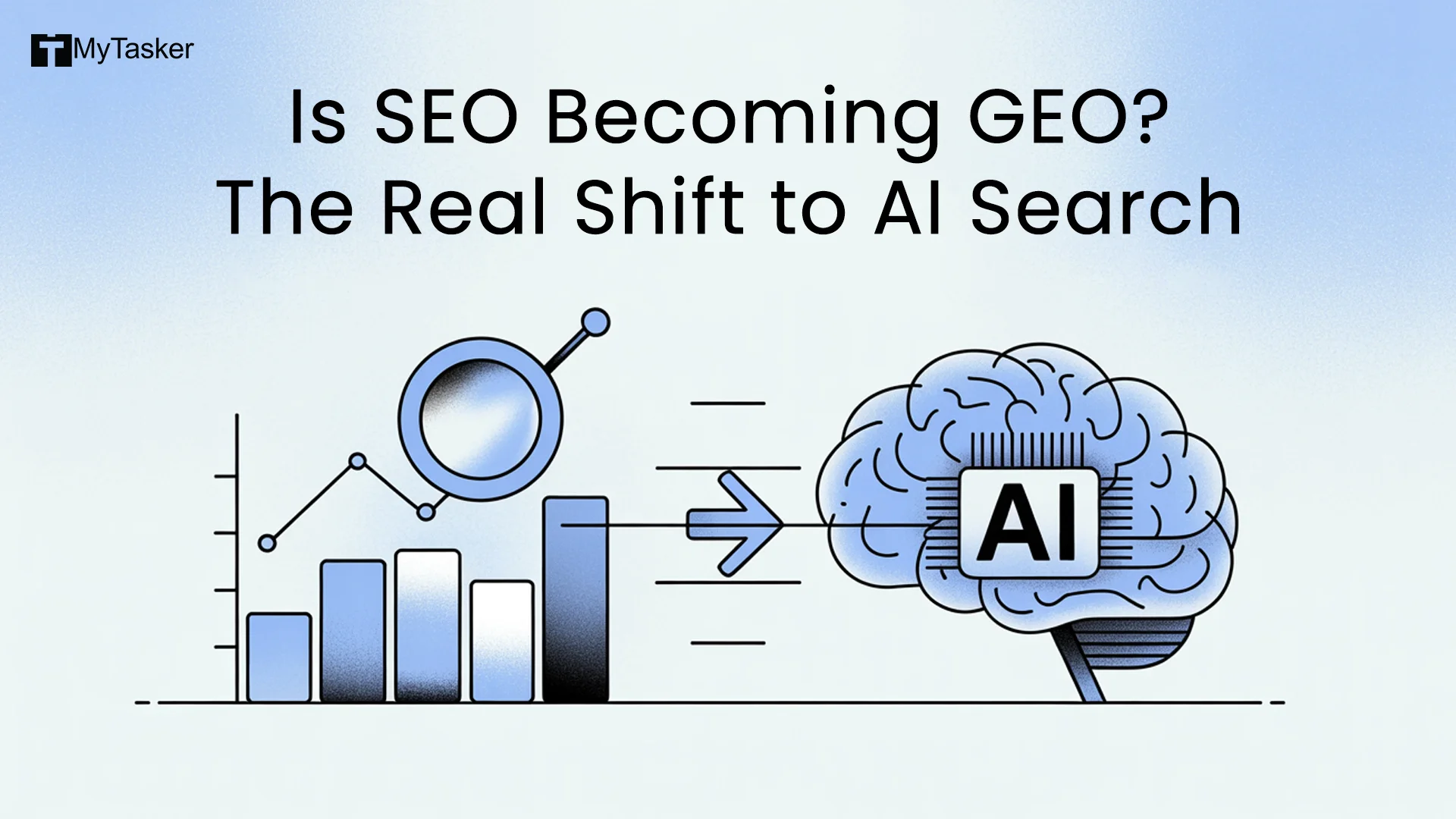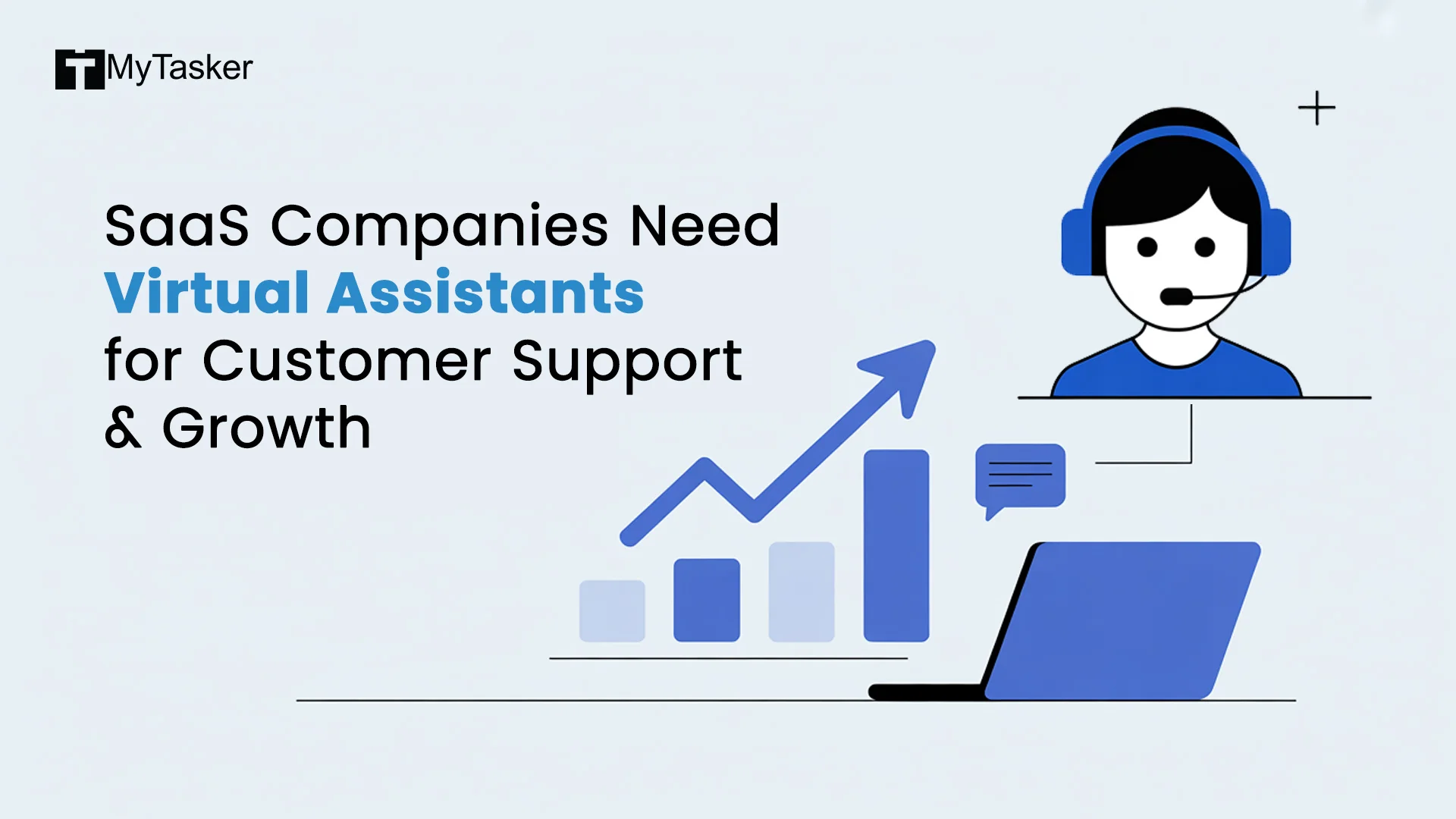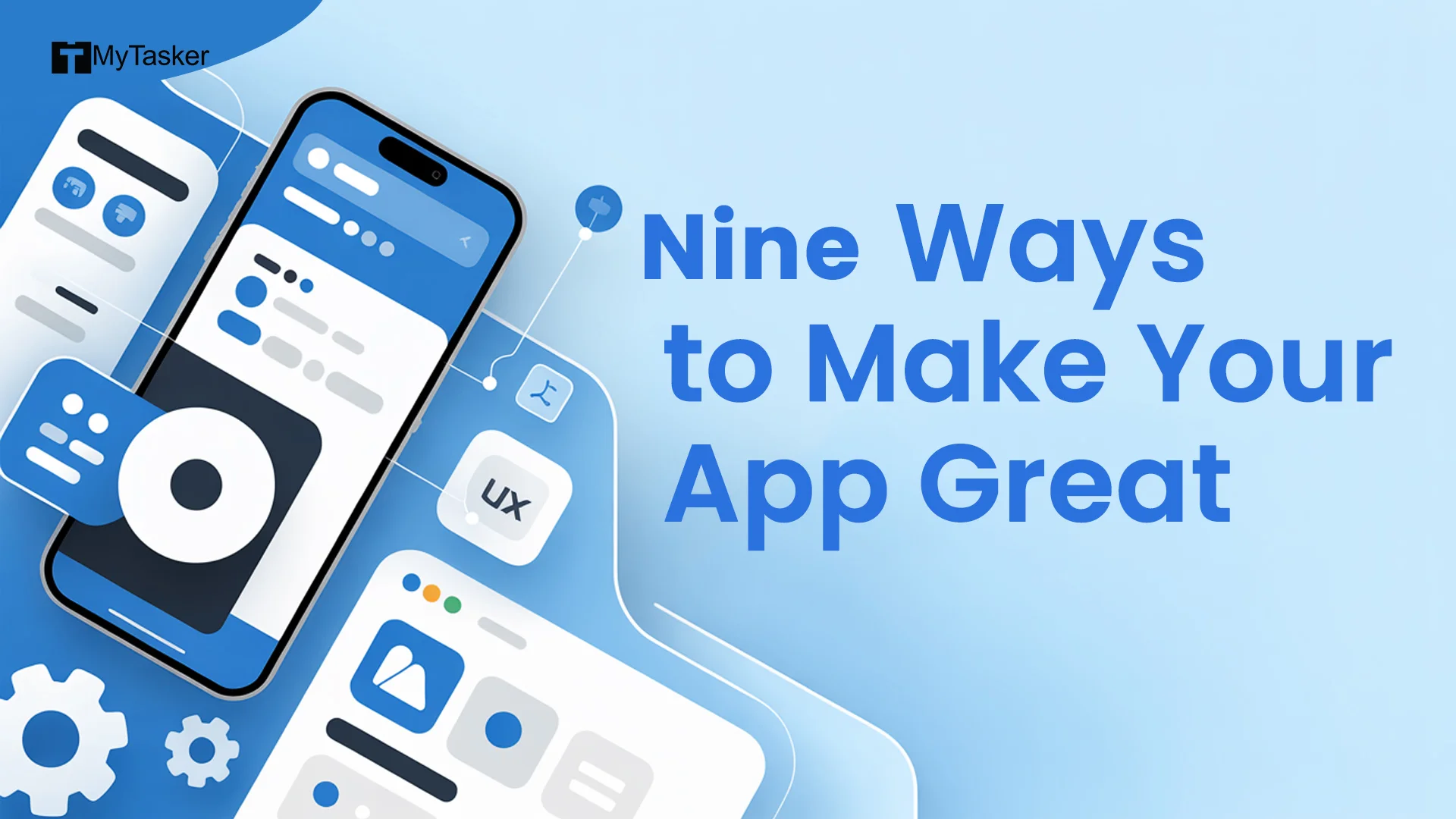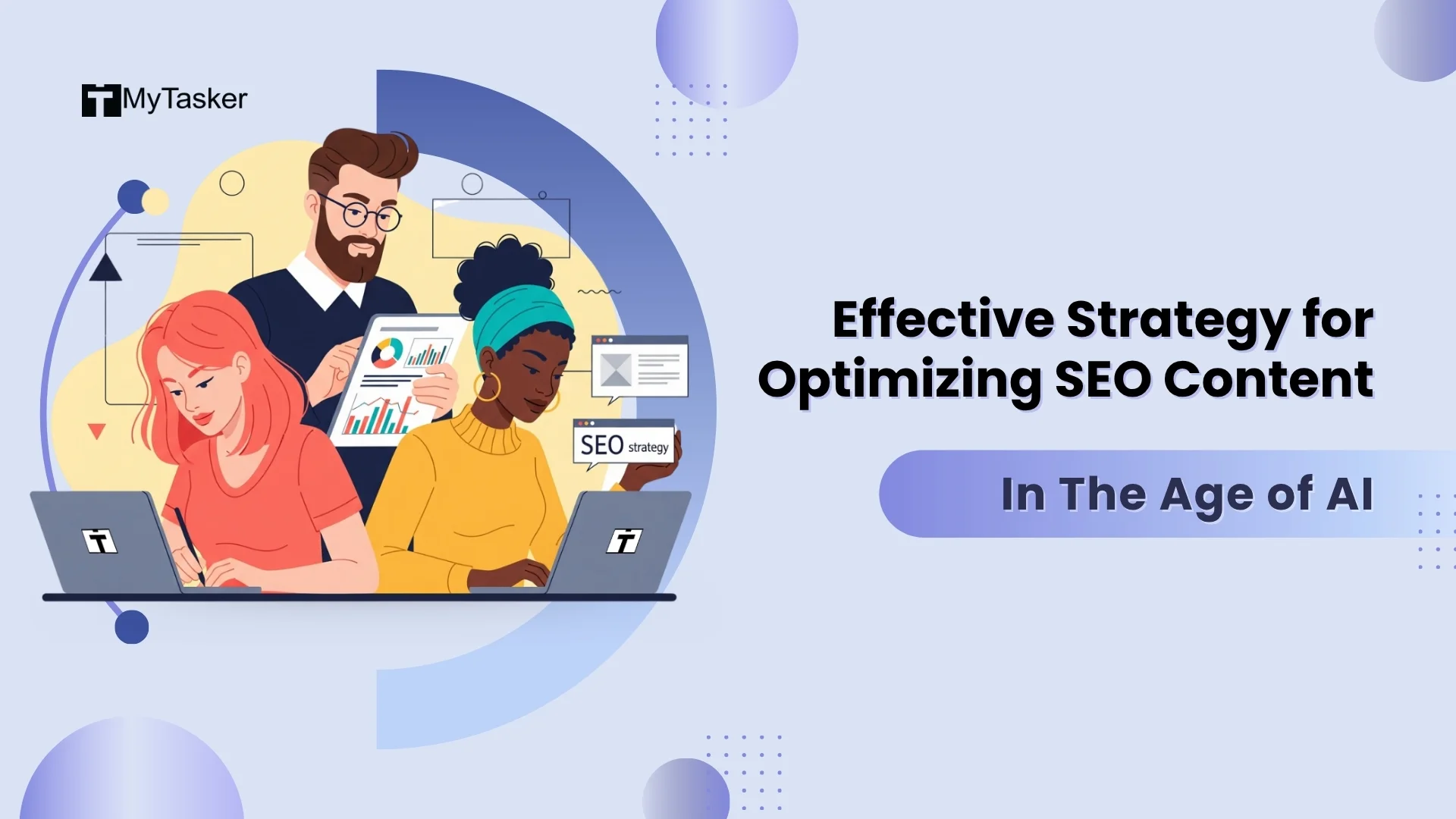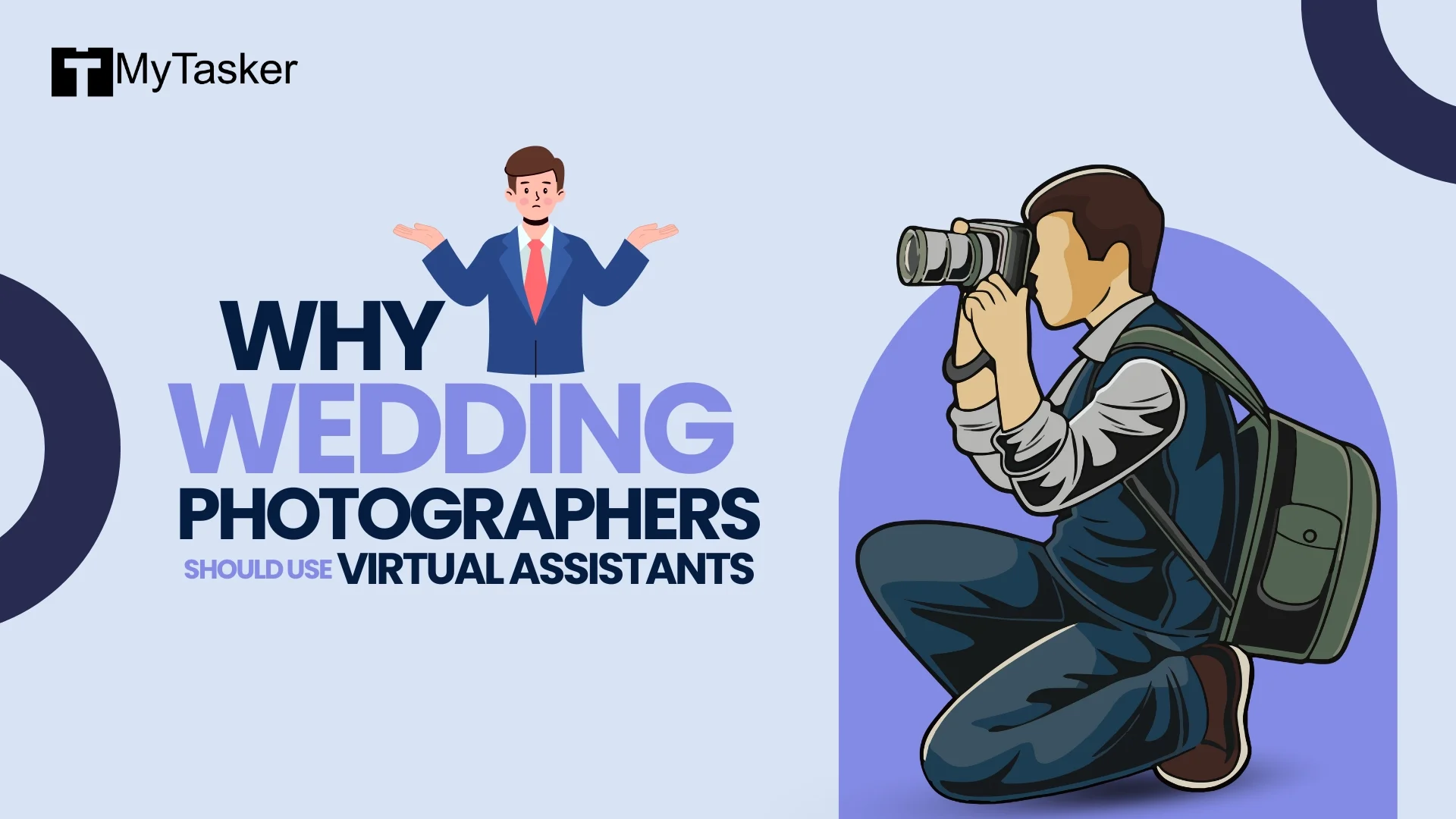Search engine ads are one of the most effective forms of advertisement that help you successfully promote your business. When done correctly, PPC campaigns have the potential to generate an average of 200% ROI.
Advertisements are expensive. Optimize your advertisements to get the best campaign results for your brand. How do you ensure that your ads are performing optimally?
It is tempting to copy techniques and follow current trends. Nevertheless, does it improve your stance on promotions? We have brought to you some excellent ways to grow.
Let us look at a few 2023 trends in Google Ads benchmarks!
Key Trends in Search Engine Advertising
There are ample ways to narrow down your source data. Take a step back to look at the bigger picture before you sort and analyze the data.
Let us first understand the basic trends and how they impact metrics so that we see every aspect in vivid detail:
Click-Through Rate (CTR)
Click-through rate is responsible for increment in the year over year (YOY) for about 21 industries out of 23. Commercial and industrial businesses are the only two sectors to witness a dip. However, the drop was not as dramatic as compared to the boost in other industries.
Cost Per Click (CPC)
We witnessed a staggering increase in the year-on-year in 14 industries due to cost per click (CPC). Eight industries experienced a shrink in CPC while one remained stagnant. This is the Fashion, Apparel, and jewellery industry. It is not surprising to note that 61 per cent of industries experienced an increase whereas only 35 per cent of industries faced a decrease. As the cost-per-click, data analytics was on the rise throughout 2022.
Conversion Rate (CVR)
The conversion rate went down significantly in most industries. Except for two industries, all experienced an impactful diminution in conversion rates. The two industries that fared great conversion rates were personal care and beauty as well as the educational and instructional sectors. It is worth noting that even though companies saw a rise in cost per click, they were experiencing a decrease in conversion rates.
Cost Per Lead (CPL)
Cost per lead has increased YOY in all industries except Beauty and Automotive sales. More than 91% of industries surged investments to acquire leads with search ads.
It has become difficult to navigate search ads with evolving search engine dynamics. However, it also stands true that the proper execution of search ads can produce miraculous results.
Industry-Specific Consolidated Search Ads Benchmarks
Let us dive deep into four basic metrics that set the benchmark for both Google and Microsoft ads:
Average Click-Through Rate in Search Ads
Your average click-through rate is a strong indicator of the efficiency and quality of your search ads. The combination of higher ad rank and compelling ad copy is the perfect recipe for getting more clicks and conversions.
The mathematical or numeric formula to calculate the average click-through rate is -
Total Number of Clicks
_______________________________
Total Number of Impressions
In 2023, the average click-through rate for Google ads is 6.11 per cent.
As per studies, the industries having the lowest click-through rates are the Legal service and Attorney industries followed by the Home Products and Improvement industry and Business Services.
Some of the top-performing industries with high click-through rates include arts and entertainment, sports, recreation and travel industry.
Ways to Improve Your Click-through Rate
In case your click-through rates are not at par with the average for your industry, don’t worry. There are certain techniques to improve your click-through rates easily. Refine the targeting strategy and ad copy content with the help of a Google ad agency that works for the UK, the US, Australia, or clients across the globe. Exit the sphere on tried and tested norms and try to envision things through a new window.
For instance, can you ramp up the content with effective power words and emotional appeal?
Meanwhile, you have to reexamine the type of audience you are targeting. Check your PPC keywords. Always remember that your keyword intent should be your priority. For instance, you may be targeting people who are only interested in gaining information rather than taking action. Be very specific about the audience base you are selecting.
Average Cost Per Click in Search Ads
Average cost per click in simple words is the amount brands pay for every single click a user makes.
Calculate the average cost per click with the following formula:
Overall Investment in a Google ad campaign
___________________________________________
Total number of Clicks Received
Clicks boost your search campaigns. The motive is to ensure viewers get to your website and get converted.
Google Ads auction algorithms calculate the individual click costs as it is different for each click. The average cost per click helps to decide a bid strategy and ad copy budget.
Ads with higher click-through rates have a lower cost per click value because the increased number of clicks offsets the investment made. Industry insights suggest competitiveness within the same industry is not ideal for different situations.
As per studies, Google Ads' cost per click is faring at $4.22 in 2023.
How to Improve Your Cost Per Click
Lowering your cost per click is what makes your campaign more successful. You need to strike an optimal balance between what works best for you and your ads strategy. It is not worth saving a meagre amount of money on average CPC in exchange for quality clicks and higher conversion rates.
The best place to begin is monitoring the quality scores. For instance, if your landing page is optimized to offer a great experience and your content is relevant, Google will reward your website with low-priced clicks. It also happens because your ad is the best option to display to users.
Re-evaluating your bidding strategy could take you one step further. Some strategies will increase your cost per click while some can significantly lower the same. It solely depends on the aim of optimization.
Experts at digital marketing consulting firms opine that bidding is an excellent way to enhance your cost-per-click performance. Using machine learning-inspired bidding strategies such as Google’s Target ROAS may improve your PPC outcome. The force of Google ads backed by the strength of artificial intelligence can help you immensely advance your campaigns. The technology enables you to do more efficient targeting, ad placement, and bidding ability.
Average Conversion Rate in Search Ads
Average conversion rate means the pace at which your clicks are transforming into conversions. The average conversion rate can be calculated using the given formula:
Total Number of Conversions
_________________________________
Total Number of Clicks
More conversions mean reduced costs per lead.
Conversion rate is the most critical metric because it is the only one that offers a direct insight into how effective a campaign is in obtaining successful conversions. The high conversion rate indicates good resonance with the target audience.
The average conversion rate in 2023 is 7.04% for Google ads.
The current click-through rate is higher than the conversion rate in 2023. It is happening because advertisers are focusing increasingly on getting the audiences to click. Their strategies lack the conversion intent.
Many search low-intent queries such as “marketing ideas” will involve multiple ads. This is predominantly seen in the search engine results pages. The SERP interface allows brand advertisements to mimic organic content. Therefore, a user clicks on the ads due to their placement within their direct focus. But as soon as they realize that the information shared on these pages is not free or fast, they quickly abandon the page.
This is happening as a result of a broad match being used as the single match type. Advertisers have marginal control over the types of search queries reflected in the ads. In order to eliminate this issue altogether, advertisers depend on Search Term Reports and negative keyword lists. This technique is effective in warding the low-intent traffic off.
How to Improve Your Conversion Rate
There may be numerous reasons for lower conversion rates than the industry average. Considering your other advertising metrics such as CTR and CPC are performing at par with the industrial standards. Fewer visitors are directly proportional to lesser conversions.
Look into the landing page optimization across all devices once the advertisement metrics are decided. Ensure that the user interface is mobile-friendly and it follows the basic rules of accessibility. Think from your user’s perspective and then look at your conversion flowchart. Do you feel that your brand enforces the audience's actions for optimal results? Do you find the process of intended action easy or difficult? In the end, you can tweak your call-to-action buttons with more impactful phrases and introduce a significant value proposition.
After you have optimized your landing page, you should take care of other components of your Google ads. Focus on implementing useful keywords, writing impeccable ad copies, and targeting the correct audience. Even if there is a slight disorientation among these three aspects, you will create a massive difference between your offering and your customers’ needs.
Lowered conversion rates are not an alarming situation. Business owners can follow a simple method to swiftly turn tables. Keep a close eye on the website analytics for traction. This will help them understand which channels are producing exceptional results for their campaigns. The next thing they do is to launch a robust campaign infused with retention techniques.
Average Cost Per Lead in Search Ads
This metric is considered to be the “money metric” by several marketers. They call it so as it is a division of total investment against the total number of conversions received.
In 2023, the average cost per lead for Google ads is $40.74.
How to Improve Your Cost Per Lead
If you want to reduce your Google ads cost per lead, monitor and understand what one conversion is costing you. Conversion tracking strategy is a key component that affects the cost per lead. Providing your audiences with more options will likely increase your conversions. Contrarily, it reduces your lead costs as well.
It is critical to understand that CPL does not determine the effectiveness of your campaign. The quality of leads matters more than the number of leads. Leads are conversion prospects.
Similarly, if you notice that your CPL value is on the higher side but the leads are more conversion-friendly, then it is worth both the money and effort.
We discussed the Google ads benchmarks and trends in 2023. However, how to employ these trends to boost your business?
Let us look at key takeaways so you can utilize his data and metrics to revamp your online marketing strategy.
Budget Flexibility
We have seen that the avg CPL and CPC have increased in the past year evidently for several industries. Therefore, stretching a meagre Google ads budget is nowadays more difficult.
In 2023, you will have to spend to make money. What do we mean when we say "increase your budget"? It means strategic money distribution to boost the performance of desired areas and factors.
You need to work smarter when allotting finances to your Google ads campaigns.
Allowing your budget to be flexible will boost your chance to succeed with cost-per-click and cost-per-lead. The competitive and ever-changing market demands you to adapt to emerging market trends and cater to unique needs. Gather all you can and make the most out of your campaigns.
A combination of best keywords, excellent text ads, and optimized landing pages will not make your campaign successful if you fail to allot the correct budget for proper display in auctions.
Budget is crucial if you want impressions and conversions. Bid on the correct keywords and maintain a steady presence during peak times. Undertake the following two steps to achieve success.
A spend-tracking tool such as Google ads budget report can help you keep track of your investments and thus help you analyze your investments across campaigns.
Evolving Customer Journey
The rate at which the conversion rate is decreasing is clearly an indication that the course of a customer’s journey is changing. Consumers are more aware of economic aspects like inflation. They can make calculated decisions to purchase. This is the reason why despite having increased click-through rates, conversions are not increasing.
Digital advancements have helped brands establish multiple channels. Users now have the freedom to interact with your brand through numerous channels. This means that search advertising can make an impactful proposition to audiences right at the top of the conversion funnel. The rest of the strategies help the users get closer to conversion.
As a brand, your job is to figure out how to incorporate the Google ads strategy with all the above-discussed touchpoints.
Modifying your Google ads strategy according to evolving customer behaviour will nurture your growth in this dynamic marketing industry.
As a marketer, the primitive task is to build a well-researched buyer persona. Secondly, create an appropriate campaign with all the marketing forces.
In addition to this, it is vital to introduce creative elements in all stages of your conversion funnel.
Introduction of Highly Clickable Ads
The sudden spike in click-through rates has made it clear that everyone is interested in clicking on ads nowadays.
We have seen new elements such as responsive search ads, an increase in ad assets and a heightened quality of ads on search engine results pages. These factors have given the ability to blend in amid the organic ads where viewers can hardly tell the difference. highly-optimized ad copy combined with several ad assets will keep you active in the competitive landscape.
The only difference nowadays between organic results and sponsored ads is the sponsored symbol on top of a sponsored ad. People who are not aware of the marketing tactics are more likely to click on the sponsored ad. Thus, with sponsored ads, you will be able to showcase ads that are mostly neglected and avoided.
The Essence of Tracking and Reporting
Google ads reporting and tracking could be an important aspect that leads to your success. You understand the industry trends when you are informed about the benchmarks. Conduct a detailed performance analysis and set a benchmark for progress to stay ahead of competitors.
There are ample metrics available today. Each metric plays a role. These metrics enhance business operations and performance. All the metric combines to deliver a healthy PPC performance. Optimize the right business metrics to improve marketplace reputation.
Data from metric evaluation reports coupled with your own performance goals will improve your data-driven marketing decisions. CPC, conversion rate and click-through rates are very important metrics. You can analyze these metrics to figure out what kind of ads are producing the best results. You can adjust strategies to enhance campaign performance with the help of this data.
Bottom Line
Google Ads benchmarks are crucial. These benchmarks act as significant starting points in establishing which of your strategies need modification. There is no right or wrong way to perfect and correct marketing choices and strategies. Every account is different and unique. Not all strategies work similarly for different brands or projects. Also, there will always be something that you can improve in marketing. That is how dynamic the market advertising really is. Just by following some simple tips and recommendations, you can unravel the immense potential of your campaign.
These benchmarks adeptly help you maximise your ROI and put you on the leadership front. However, if you are stuck somewhere in your struggle to optimize campaigns, quit worrying and reach MyTasker directly. Our digital marketing virtual assistants may help you with unique and out-of-the-box solutions that will add a new hue to your business goals.



